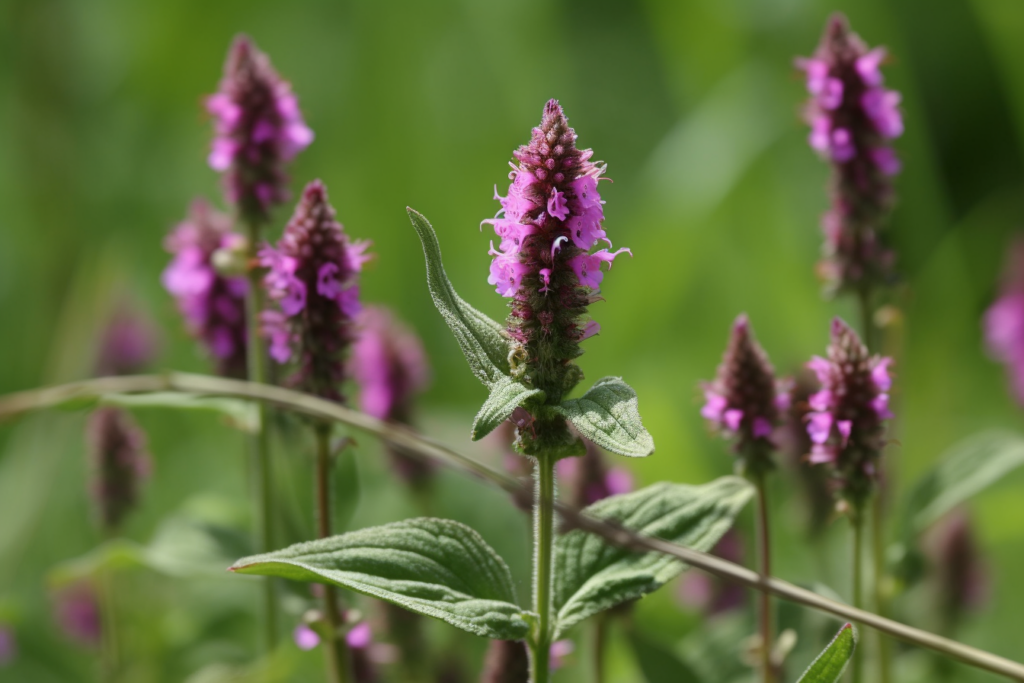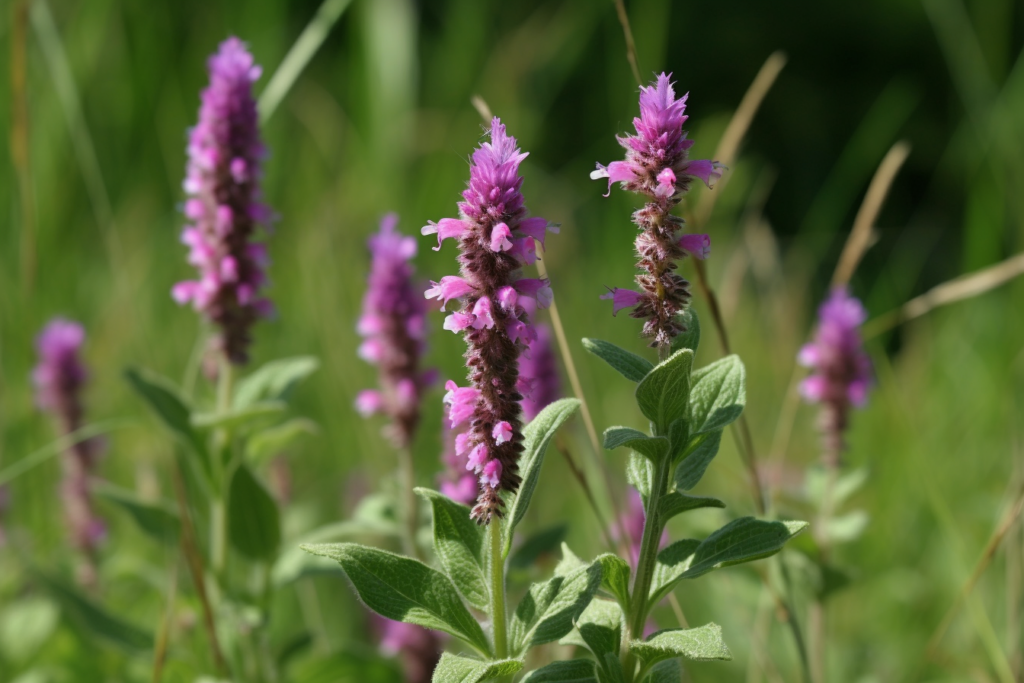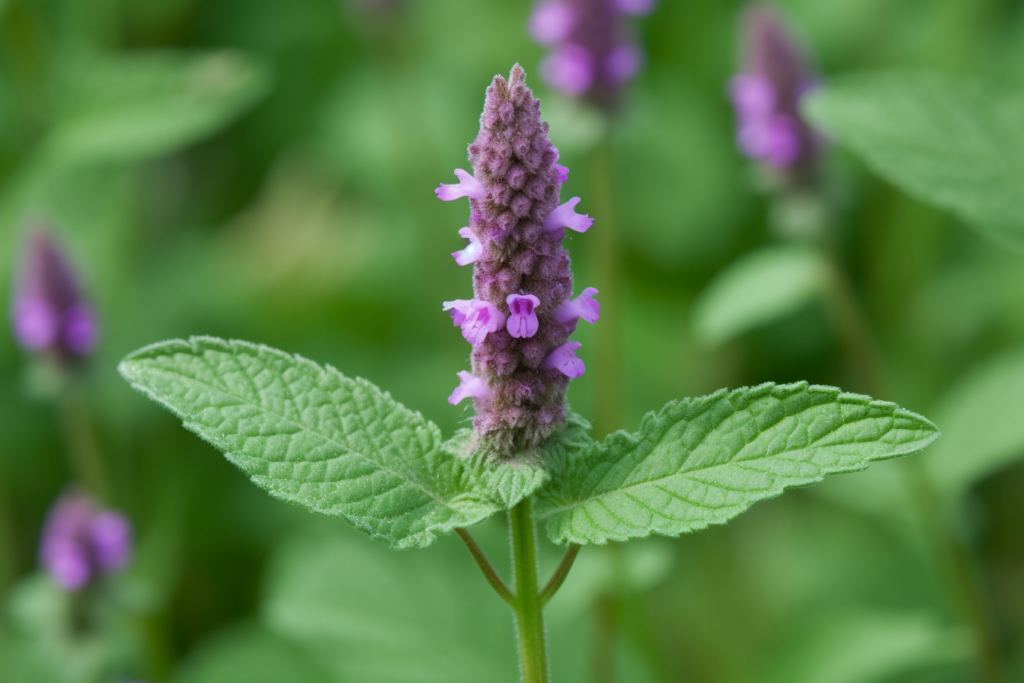Betony, scientifically known as Stachys officinalis, is a perennial herb that has been highly regarded for its medicinal properties and diverse applications. With a rich history and cultural significance, betony holds a prominent place in traditional medicine and herbal remedies. In this article, we will delve into the captivating world of betony, exploring its history, botanical features, medicinal uses, culinary applications, cultivation methods, and more.
History and Origin of Betony
Betony boasts a fascinating history that traces back to ancient times. This herb has been mentioned in herbal texts and manuscripts from various cultures, including Greek, Roman, and Arabic traditions. Its healing properties and magical associations have contributed to its reputation as a powerful herb. Considered a panacea, betony was believed to possess the ability to treat a wide range of ailments and promote overall well-being.
Botanical Features of Betony
Belonging to the Lamiaceae family, which includes mint and sage, betony displays distinct botanical features. It typically reaches a height of 1 to 2 feet and bears clusters of small, tubular flowers that vary in colour from pink to purple. The leaves of betony are oval-shaped, with a slightly fuzzy texture, and emit a pleasant aroma when crushed. While native to Europe, betony has now naturalized in other regions of the world.

Medicinal Properties of Betony
Betony possesses a myriad of medicinal properties that make it a valuable herb in traditional medicine. It exhibits anti-inflammatory, analgesic, and antimicrobial effects, and also acts as an antioxidant, protecting the body against free radicals and oxidative stress. Throughout history, betony has been used to alleviate headaches, improve digestion, relieve anxiety, and support respiratory health.
Traditional Uses of Betony
Betony has been employed in various traditional remedies throughout different eras and cultures. It was commonly used to address digestive disorders such as indigestion, bloating, and colic. Additionally, betony was employed to ease menstrual cramps and alleviate respiratory conditions such as coughs and asthma. In certain cultures, betony was believed to possess protective qualities against evil spirits and witchcraft.

Modern Applications of Betony
In modern times, betony continues to be highly valued for its therapeutic properties. It is frequently incorporated into herbal formulations aimed at reducing inflammation, managing stress and anxiety, and promoting overall well-being. Herbalists and naturopaths utilise betony extracts and supplements as part of holistic treatment approaches. Furthermore, betony has gained recognition for its potential benefits in skincare and haircare products.
Betony in Herbal Medicine
Betony plays a significant role in herbal medicine practices worldwide. It is utilised in the preparation of tinctures, teas, and poultices. The herb’s effectiveness in soothing headaches, improving digestion, and enhancing cognitive function has made it a staple in many herbal remedies. However, it is important to consult a qualified herbalist or healthcare professional before incorporating betony into your health regimen.
How to Prepare and Use Betony
There are various ways to prepare and use betony, depending on the desired application. For medicinal purposes, betony tea can be brewed by steeping dried or fresh leaves in hot water. Tinctures and extracts are also available, offering a concentrated form of betony’s active compounds. In culinary applications, fresh or dried betony leaves can be added to soups, stews, and herbal infusions to impart a subtle, earthy flavor.
Potential Side Effects and Precautions
While betony is generally considered safe for most individuals when used in moderation, it is essential to be aware of potential side effects and take necessary precautions. Some individuals may experience mild allergic reactions, such as skin irritation or gastrointestinal discomfort. Pregnant and breastfeeding women should avoid using betony due to limited research on its safety during these stages. It is advisable to consult a healthcare professional before using betony, particularly if you have any underlying medical conditions or are taking medications.
Betony in Culinary Uses
In addition to its medicinal properties, betony can be utilised in culinary endeavours. The herb’s leaves can be added to salads, herbal butters, and savoury dishes, providing a unique and herbaceous flavour. Betony flowers can serve as edible garnishes or be infused in syrups and beverages, adding a touch of sweetness. Chefs and home cooks appreciate betony for its versatility and ability to enhance the taste of various dishes.
Cultivating Betony in Your Garden
If you have a garden, cultivating betony can be a rewarding endeavour. It thrives in well-drained soil and partial shade, although it can tolerate full sun in cooler climates. Betony can be propagated through seeds or by dividing root clumps. Regular watering and occasional pruning will help maintain its health and appearance. By growing betony in your garden, you can enjoy its vibrant display while also reaping its potential medicinal benefits.
Other Names and Varieties of Betony
Betony is known by different names across regions and cultures. Some common alternative names for betony include wood betony, bishopswort, purple betony, and woundwort. Additionally, there are several varieties of betony, each with its own unique characteristics and growth habits. Exploring these different types of betony adds variety and depth to your understanding and appreciation of this versatile herb.

Betony in Folklore and Mythology
Throughout history, betony has been intertwined with folklore and mythology. It was often associated with protection against evil spirits and was believed to possess magical properties. Betony was used as an ingredient in charms, amulets, and potions to ward off negativity and bring good fortune. Exploring the folklore and mythological aspects of betony adds an enchanting dimension to its rich cultural significance.
Popular Betony Products and Supplements
In today’s market, a wide range of betony products and supplements are available. These include betony teas, capsules, extracts, and topical preparations. When purchasing betony products, it is important to choose reputable brands that prioritise quality and sustainability. Reading customer reviews and consulting with herbalists or healthcare professionals can help guide your selection and ensure you are getting the most out of this valuable herb.
Conclusion
Betony, with its rich history, diverse applications, and medicinal properties, remains a remarkable herb that continues to captivate herbal enthusiasts and researchers alike. Whether you seek natural remedies, explore herbal medicine, or enhance your culinary creations, betony offers a wealth of possibilities. Embrace the wisdom of the past and the potential of the present by incorporating betony into your wellness journey.
Sam loves to learn about animals and their habitats. He has been a nature lover from a very young age, and has been writing papers and articles about wildlife for as long as he can remember.
